Browsing the "Mesozoic" Category
The Mesozoic era, meaning “middle life”, is a division of earth’s history spanning from around 252 to 66 million years ago. It is subdivided into the Triassic, Jurassic and Cretaceous periods. The beginning of the Mesozoic is characterised by a long phase of recovery following the end Permian mass extinction. The end of the Mesozoic is marked by the Cretaceous/Paleogene extinction event which wiped out the dinosaurs among other groups.
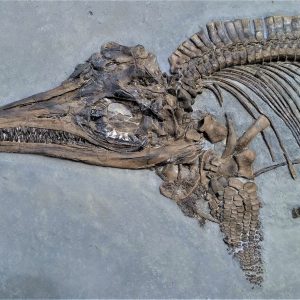
Published on January 7th, 2018 | by David Marshall
Ichthyosaurs are large marine reptiles that existed for most of the Mesozoic Era. The most familiar forms superficially represent dolphins, but some earlier ichthyosaurs were more eel like. They could attain huge proportions, with some genera [&hellip... Read More →
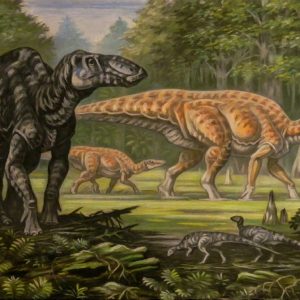
Published on December 10th, 2017 | by Guest Blogger
Or what a difference a word makes. Words have meaning. That meaning gives them power. Two essentially identical sentences can have entirely different meanings just by changing a single word. In some cases, that word can [&hellip... Read More →
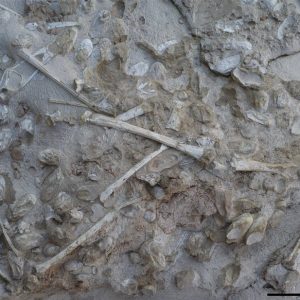
Published on November 30th, 2017 | by Liz Martin-Silverstone
[This article was originally published on The Conversation. Read the original article here.] A hoard of fossilised pterosaur eggs discovered in China is helping scientists gain a rare insight into the extinct flying reptiles. Newly released [&hellip... Read More →
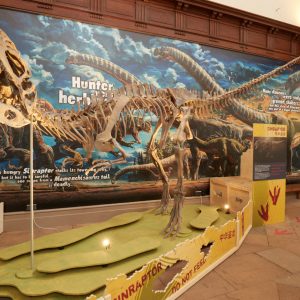
Published on October 17th, 2017 | by David Marshall
‘Dinosaurs of China’ at Wollaton Hall, Nottingham, UK, is a one-time only world exclusive exhibition of dinosaurs. Featuring fossils and specimens never before seen outside of Asia, the collection brings to life the story of how [&hellip... Read More →
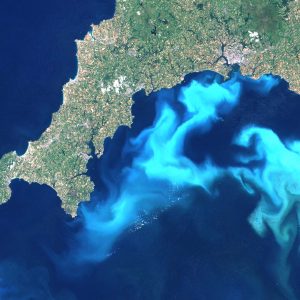
Published on October 1st, 2017 | by David Marshall
Coccolithophores are tiny unicellular eukaryotic phytoplankton (algae). Each is covered with even smaller calcium carbonate plates called coccoliths and it is these that are commonly preserved in the fossil record. In fact, coccoliths are so small, [&hellip... Read More →
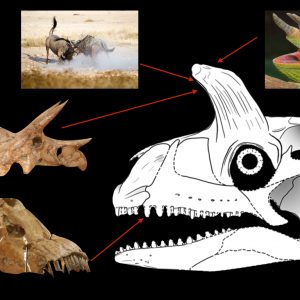
Published on August 21st, 2017 | by Chris Barker
My friends know me as a theropod fanboy, which should come to no surprise, as I am a massive cliché of a palaeontologist (unashamedly so, as theropods are beyond cool). However, give me a weird archosauromorph [&hellip... Read More →
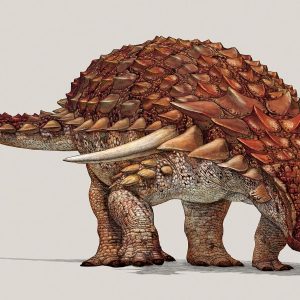
Published on August 4th, 2017 | by Chris Barker
Biology is full of exciting avenues, and some of the finest, in my opinion, are the morphological and behavioural adaptations that define the split seconds whether an animal lives or dies, eats or starves. Predator-prey interactions [&hellip... Read More →
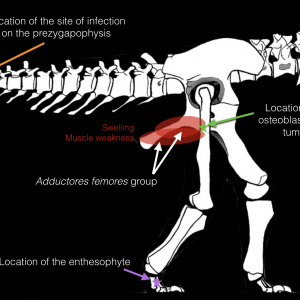
Published on July 30th, 2017 | by Chris Barker
Titanosaurs include some of the largest terrestrial organisms to walk the Earth: globally distributed, multi-tonne behemoths representing the last of the sauropods at the end Cretaceous extinction event. Much about their biology is known, ranging from [&hellip... Read More →
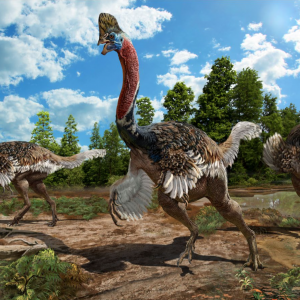
Published on July 29th, 2017 | by Chris Barker
The Late Cretaceous rocks of Ganzhou, China, are rife with oviraptorids. We have seen these strange theropods before here at Palaeocast, when we looked at the very high temperatures at which they incubated their eggs. The [&hellip... Read More →
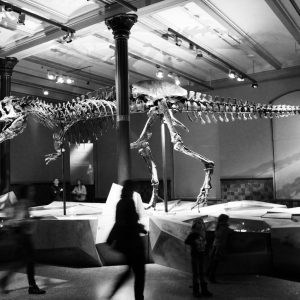
Published on July 18th, 2017 | by Guest Blogger
“Must go faster!” yells Dr Ian Malcolm, as his mangled, yet rather toned, body was hauled away in the Jurassic Park jeep, his lovely hair swaying in the wind as they fled from the Tyrannosaur paddock, [&hellip... Read More →























